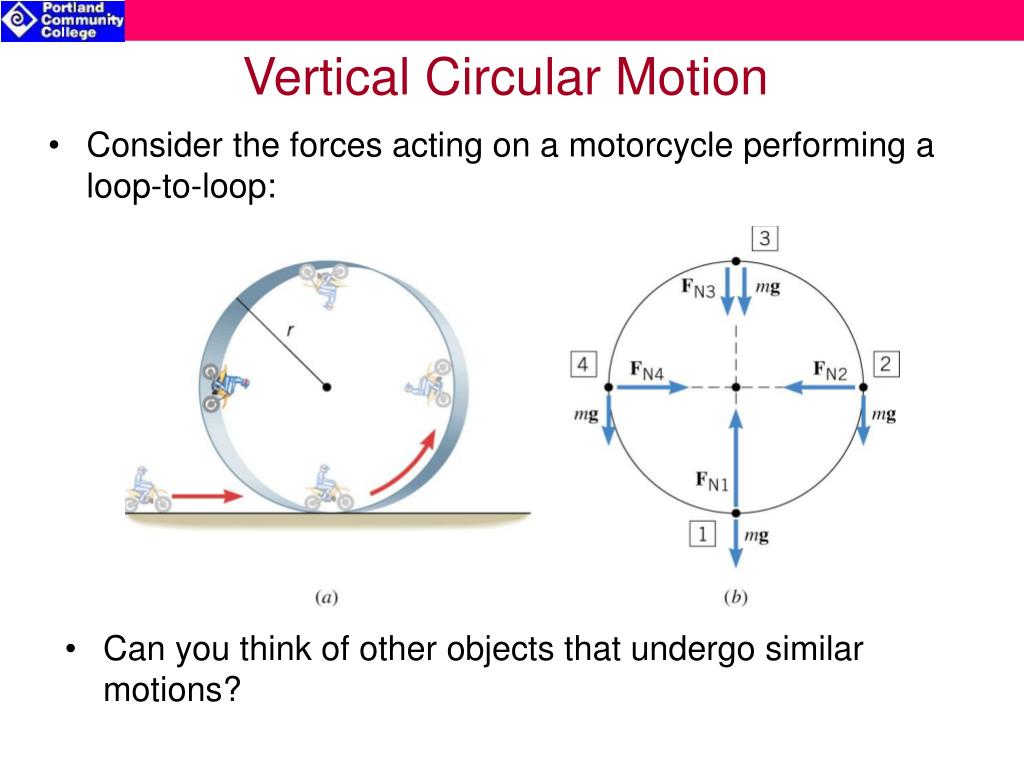

Highlight the area of the graph that shows the most constant values of Velocity and Force. Click Collect and monitor the Velocity and Force for about 10 seconds, then turn off the power supply.ĥ. Set the voltage to 4.0 volts and observe the apparatus to be sure that the string leading to the force probe is vertical and directly aligned with the pulley below it.Ĥ. Check your force probe calibration with 0 N and 4.9 N. Place a 20 g mass centered at the 70 mm mark on each side of the apparatus.Ģ. If not, adjust the voltage on the power supply.Įffect of Changing Mass on Force (R = 0.070 m)ġ. Be certain that the velocity is the same as in the first trial. Repeat the steps above to complete the table. Record the mean Velocity and Force in the table below, along with appropriate uncertainties.ĩ. Click Collect and monitor the Velocity and Force for about 10 seconds, then turn off the power supply.Ĩ. Set the voltage to 8.0 volts and observe the apparatus to be sure that the string leading to the force probe is vertical and directly aligned with the pulley below it.ħ. When other radii are used the user must edit this formula by entering the current radius in place of 0.07.Ħ. Note: This formula only calculates the correct tangential velocity when the radius of the circle is 0.07 m. “Pulse Time” is the time for one revolution of the mass. By default a radius value of 0.07 m is used.
#CIRCULAR MOTION PRO#
This formula can be found in Logger Pro under Data/Column Options, and then select Velocity. The photo-gate will measure the time (T) for the mass to complete one complete revolution. The tangential velocity is found by using a photo-gate timer and a calculation done in LoggerPro. The values of m and R can be directly measured from the Centripetal Force Apparatus (CFA). The force probe must then be secured in this position.ĥ. The movable mass must be located by having one partner hold the center of the mass at 70 mm while a second partner moves the force probe up until the string is taut. Place a 5 g mass on each side of the apparatus at the 70 mm marks.

If you do not see these values then you either have to re-zero or re-calibrate the probe.Ĥ. Note: It is your responsibility to continually check the calibration of the force probe by first removing all mass and seeing if the probe reads 0N and then by hanging 500 grams on the probe and checking to see if it reads 4.9N. Enter the weight of this mass (4.90 N) and hit Keep. For the second calibration point, hang a 500 g mass from the sensor.For the first calibration point, do not apply any force to the sensor, enter 0 N, and hit Keep.You will now perform a two-point calibration of the force sensors: On the pop-up menu, select the force sensor and select Calibrate Now. Calibrate the force sensor by selecting Experiment/Calibrate. Under no circumstances should you supply the motor with more than 12 volts or 0.40A or you will burn out the motor!ģ. Carefully observe as your instructor or lab technician demonstrates the proper use of the Centripetal Force Apparatus. In this lab you will investigate how changes in m, v, and R affect the net force F needed to keep the mass in a circular path.ġ. Since the acceleration of an object undergoing uniform circular motion is v 2/R, the net force needed to hold a mass in a circular path is F = m (v 2/R). This net force is often called the centripetal force. Therefore the net force is also directed toward the center. In the case of an object moving in a circular path the acceleration is directed toward the center of the circle. This implies that an object moving at a constant speed in a circular path is accelerating.Īccording to Newton’s second law, a non-zero net force is needed to cause acceleration. An object moving in a circular path with constant speed does not have a constant velocity because the direction of the velocity is constantly changing. Constant velocity means that both the speed and direction do not change. Partners:_Īccording to Newton’s first law, a body in motion will remain in motion with constant velocity if the net force acting on it is zero.


 0 kommentar(er)
0 kommentar(er)
